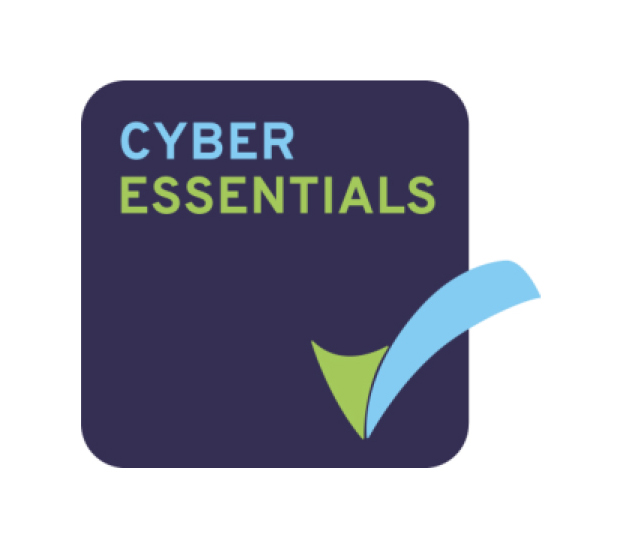Insights for NetSuite partners
Whatever the NetSuite role, use our guide to benchmark your salary, or to uncover what you should be paying employees in your team.

Attraction and retention
The partner ecosystem is a fascinating area of the NetSuite community to put under the microscope. Often made up of experienced NetSuite professionals, it can make the sentiments of those working within it valuable to those in and outside of partner organizations.
For partners, the following information is key to helping them continue to attract and retain talent. And for those beyond it, it can give unrivaled insight as they look to develop their own talent strategies in order to stand out to a broader spectrum of professionals.
Looking beyond
Similar to our last report, 62% of end user employees that responded to the survey would consider working for a NetSuite partner. Factors cited as most likely to attract end user employees to a role with a partner include:
Those respondents who would move to a partner for the higher earning potential would want, on average, a 23% increase in their earnings to make the switch.
We also asked the 17% (down from 21%) of respondents who would not work for a partner why they wouldn’t make the move, with reasons including:
| I'm happy in my current role | 67% |
| I enjoy solving problems from within the business | 29% |
| I'm not interested in working for a partner | 19% |
| I consider working for a partner to be stressful | 14% |
| I've worked for a partner previously, but I prefer the end user environment | 10% |
| I don't enjoy the increased interaction with clients | 10% |
| I don't want to travel for work | 5% |
Conclusion
Good news for NetSuite partners looking to expand the talent pools they hire from, then. Almost two-thirds of end user employers would be prepared to make the switch into the partner ecosystem. The higher earning potential, opportunity to expand on existing NetSuite skills and knowledge, plus the different challenges available came first in line as the reasons they’d consider diving into the partner ecosystem for their next career move.
It’s also interesting reading for those existing employers of staff within the end user community of course. Not everyone has the budget available to simply outbid for talent, but focusing on areas such as professional development and career progression is achievable and will make serious inroads into helping keep NetSuite talent under your roof.
And the good news doesn’t finish there for either party, because by tackling the reasons that make people leave, you’re also more likely to become a better prospect to new employees when it comes to hiring, too.

What are the motivations of partner employees considering the move to an end user?
How satisfied are partner employees?
Largely, professionals working for NetSuite partners and ISVs are happy in their roles—68% say they’re satisfied with their job overall; however, this is down from 71% in our last survey.
While 52% are satisfied with their salary, this is down from 70%, with the proportion of professionals unhappy with their pay increasing slightly from 9% to 10%.
Demand for partner services
How has demand for NetSuite changed in the last 12 months?
Top products that have been most in-demand with partners clients in the last year
| NetSuite Enterprise Resource Planning (ERP) | 38% |
| NetSuite SuiteScript | 36% |
| NetSuite Advanced Manufacturing | 31% |
| NetSuite SuiteFlow | 28% |
| Netsuite SuiteCloud Platform | 23% |
| NetSuite Customer Relationship Management (CRM) | 22% |
| NetSuite OneWorld | 21% |
| NetSuite SuiteAnalytics | 21% |
| NetSuite Warehouse Management Software (WMS) | 19% |
| NetSuite SuiteSuccess | 18% |
How has demand for NetSuite migrations changed in the last year?
What are the potential project pitfalls when working with end user clients?
| Scope creep (changes in a project's scope) | 44% |
| Lack of communication from/between stakeholders | 37% |
| Lack of training given to staff | 35% |
| Reluctance/resistance of some employees to adopt the new technology | 33% |
| Data migration issues | 33% |
| Issues managing expectations on what is possible with NetSuite | 31% |
| Difficulties migrating data from legacy system to NetSuite | 31% |
| Lack of appropriate skills in the end user organization to manage the product/solution | 29% |
| No clear objective from the customer on what they want from their NetSuite product | 26% |
| The end user organization isn't ready for the business change | 24% |
| Shortage of resource in the end user organization available to manage the product/solution | 22% |
| Lack of stakeholder buy-in | 18% |
| Lack of project goals and benchmarks | 17% |
| Funding ran out/budgetary constraints | 15% |
| Price negotiation | 9% |
| Scope creep (changes in a project's scope) | 44% |
| Lack of communication from/between stakeholders | 37% |
| Lack of training given to staff | 35% |
| Reluctance/resistance of some employees to adopt the new technology | 33% |
| Data migration issues | 33% |
| Issues managing expectations on what is possible with NetSuite | 31% |
| Difficulties migrating data from legacy system to NetSuite | 31% |
| Lack of appropriate skills in the end user organization to manage the product / solution | 29% |
| No clear objective from the customer on what they want from their NetSuite product | 26% |
| The end user organization isn't ready for the business change | 24% |
| Shortage of resource in the end user organization available to manage the product / solution | 22% |
| Lack of stakeholder buy-in | 18% |
| Lack of project goals and benchmarks | 17% |
| Funding ran out / budgetary constraints | 15% |
| Price negotiation | 9% |
Our key findings report contains highlights from this year’s Careers and Hiring Guide, plus our salary tables allow you to compare your salary or benchmark your teams’ salaries no matter their role in the NetSuite ecosystem.



